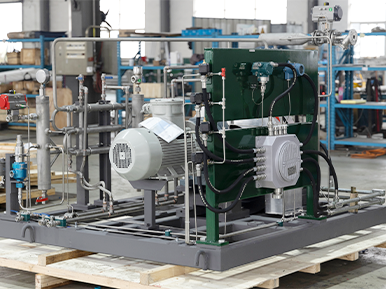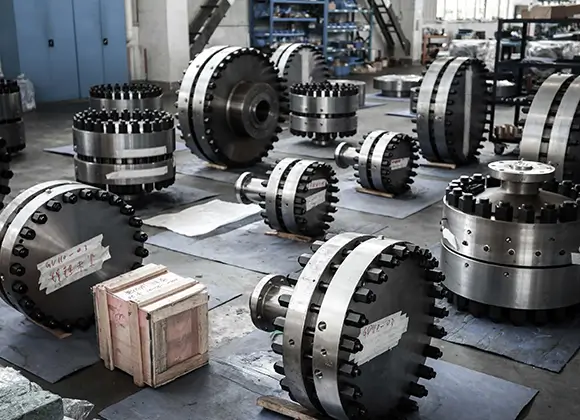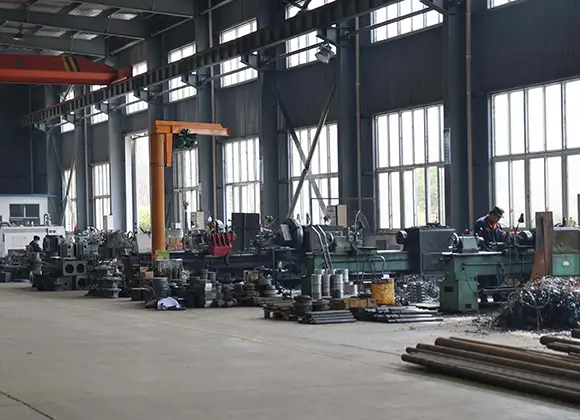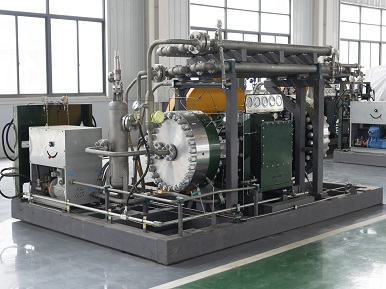

A hydrogen refueling station (HRS) is a specialized facility designed to supply hydrogen fuel to hydrogen-powered vehicles. As the world increasingly seeks sustainable and clean energy solutions, HRS plays a pivotal role in supporting the adoption of hydrogen fuel cell vehicles. These stations are integral to the hydrogen economy, providing the infrastructure needed for the widespread use of hydrogen as a viable alternative to fossil fuels.
Hydrogen refueling stations operate similarly to traditional gasoline stations but are equipped to handle the unique properties and requirements of hydrogen fuel. Hydrogen, being the lightest and most abundant element, requires high-pressure storage and precise handling to ensure safe and efficient dispensing. The primary goal of an HRS is to provide a quick, reliable, and safe refueling option for hydrogen vehicles, facilitating their widespread use and contributing to a reduction in greenhouse gas emissions.
To understand how these stations function and their significance in the energy landscape, it’s essential to explore their components, operational processes, and the broader impact they have on the environment and economy.
Hydrogen refueling stations are sophisticated systems with several key components working together to ensure efficient and safe refueling. Each part of the station has a specific role, from controlling operations to dispensing hydrogen fuel and managing storage. Understanding these components helps in appreciating how hydrogen refueling stations contribute to a cleaner energy future.
The Station Control System is the central hub of a hydrogen refueling station. It coordinates all activities within the station, from monitoring hydrogen flow to managing safety protocols. This system ensures that all components work harmoniously, enabling efficient refueling operations. With advanced sensors and real-time data analysis, the control system maintains optimal performance and safety, making it a crucial element of the refueling process.
The Hydrogen Dispenser is a key component designed to transfer hydrogen from the station’s storage tanks to the vehicle. Unlike traditional fuel dispensers, hydrogen dispensers operate under high pressure and require precise control mechanisms. These dispensers are engineered to handle the unique properties of hydrogen, ensuring quick and safe refueling. Fast-fill dispensers, for example, can refuel a hydrogen vehicle in just a few minutes, comparable to the time it takes to refuel a gasoline vehicle.
The Unloading System is responsible for receiving and storing hydrogen deliveries. It involves the transfer of hydrogen from delivery trucks to the station’s storage tanks. This system must adhere to strict safety standards due to the flammable nature of hydrogen. Efficient unloading systems are designed to minimize downtime and ensure that the station has a continuous supply of hydrogen, which is critical for maintaining service availability.
The Sequence Control Panel manages the sequence of events during the refueling process. It ensures that all steps, from pressure adjustments to safety checks, occur in the correct order. This panel integrates with the Station Control System to provide a seamless refueling experience. By managing the flow and pressure of hydrogen, it helps maintain safety and efficiency throughout the operation.
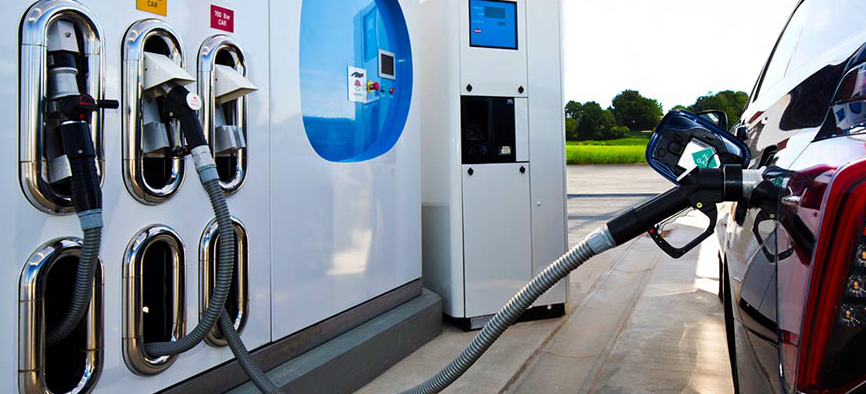
The operation of a hydrogen refueling station involves several key steps, each critical to ensuring a smooth and safe refueling experience. Understanding this process provides insight into how these stations support the broader adoption of hydrogen fuel cell technology.
The first step in the operational process is hydrogen delivery. Hydrogen can be delivered to the station in various ways, including through pipelines or as liquid hydrogen transported by trucks. The delivery method chosen depends on factors such as the station’s location and the availability of infrastructure. Efficient delivery systems are essential for ensuring a consistent supply of hydrogen.
Once hydrogen arrives at the station, it is transferred to storage tanks designed to handle the high pressures and low temperatures required for hydrogen. Proper storage is crucial for maintaining the quality of hydrogen and ensuring safety. Storage tanks must be equipped with advanced safety features to manage the risks associated with hydrogen, such as leaks or pressure changes.
The refueling process involves transferring hydrogen from the storage tanks to a vehicle’s tank. This process is managed by the Hydrogen Dispenser and controlled by the Station Control System. The refueling process is designed to be quick and efficient, allowing vehicles to be refueled in a manner similar to conventional gasoline pumps.
Regular maintenance is essential to ensure the continued operation of the hydrogen refueling station. This includes routine inspections, equipment servicing, and safety checks. Safety protocols are strictly followed to handle the risks associated with hydrogen, ensuring that the station operates smoothly and safely.
Hydrogen refueling stations come in various configurations, each designed to meet specific needs and requirements. Understanding these types helps in recognizing the different approaches to providing hydrogen fuel and their implications.
Public hydrogen refueling stations are open to all users and are part of the broader hydrogen infrastructure network. In contrast, private stations are typically used by specific organizations or fleets. Public stations contribute to the accessibility of hydrogen fuel, while private stations cater to specialized needs.
On-site production involves generating hydrogen at the station using methods such as electrolysis or steam methane reforming. Off-site delivery, on the other hand, involves producing hydrogen at a centralized facility and transporting it to the station. Each model has its advantages: on-site production reduces transportation costs, while off-site delivery can leverage economies of scale.
Fast refueling stations are designed to quickly fill a vehicle’s tank, similar to conventional fuel pumps. Slow refueling stations may be used in areas with lower vehicle turnover or where fast refueling is less critical. The choice between fast and slow refueling depends on the station’s location and the needs of its users.
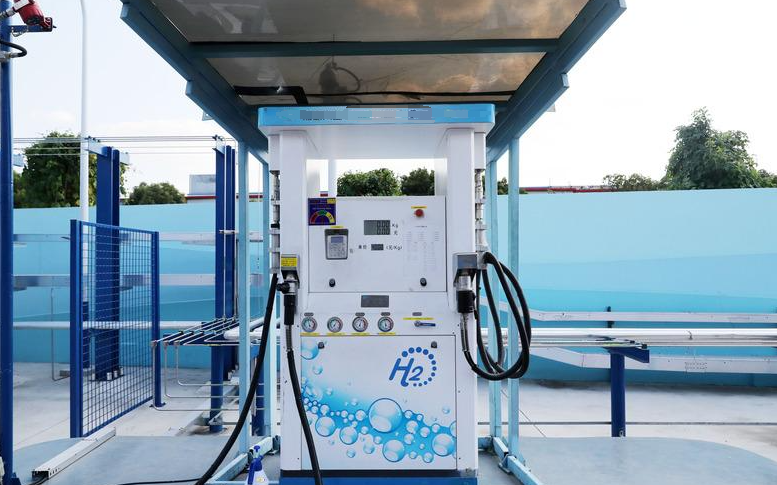
Advancements in technology are continually shaping the future of hydrogen refueling stations. Innovations in storage, dispensing, and integration with renewable energy sources are enhancing the performance and cost-effectiveness of these stations.
Hydrogen refueling stations must comply with stringent regulations and standards to ensure safety and reliability. These regulations cover aspects such as hydrogen purity, storage pressures, and operational procedures. Compliance with these standards is essential for maintaining the safety and efficiency of the station.
Hydrogen refueling stations play a significant role in the transition to a low-carbon economy. They provide economic benefits by creating new business opportunities and technological advancements. Environmentally, hydrogen fuel offers a zero-emission alternative to traditional fuels, contributing to reduced greenhouse gas emissions and improved air quality.
Despite their advantages, hydrogen refueling stations face challenges such as high initial costs, infrastructure requirements, and public acceptance. Addressing these challenges involves technological innovation, supportive policies, and public education.
Hydrogen refueling stations are crucial for advancing the hydrogen economy and supporting the adoption of hydrogen-powered vehicles. They represent a significant step towards a sustainable energy future, providing the infrastructure needed to reduce emissions and promote cleaner transportation solutions.
